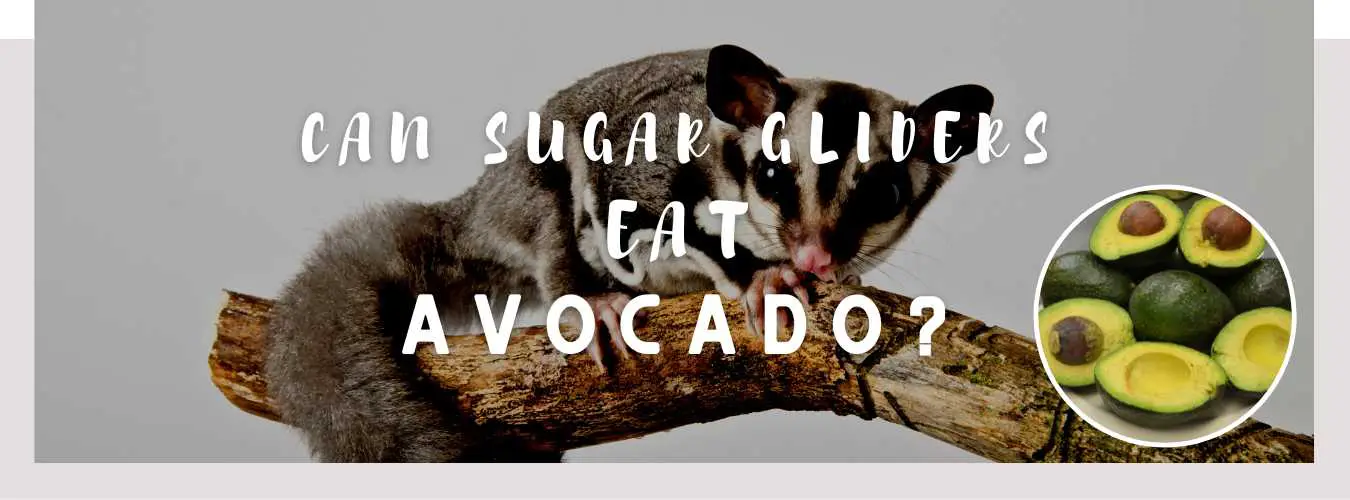
Eagles are apex predators, meaning that they sit at the top of the food chain and have few natural predators themselves. They are known to hunt a variety of prey, including small mammals, birds, fish, and reptiles. Some species of eagles, such as the bald eagle and the golden eagle, are opportunistic hunters and will take whatever prey is most easily available. Others, like the fish eagle, are more specialized and primarily hunt fish.
Eagles are also known to scavenge for food, especially when hunting is difficult. They have keen eyesight and are able to spot carrion from great distances.
In terms of the overall food chain, eagles play a vital role as top predators. They help to regulate the populations of the animals they prey upon and maintain balance in the ecosystem.
Eagle Food Chains
An eagle’s place in the food chain depends on the specific species and the ecosystem in which it lives. Some eagles are generalist predators, while others are more specialized.
For example, in a marine ecosystem, an eagle might be part of a food chain that includes small fish, larger fish, and birds, with the eagle at the top. In a terrestrial ecosystem, an eagle might be part of a food chain that includes small mammals, birds, and reptiles, with the eagle again at the top.
Eagles play a vital role as top predators in their respective ecosystems. They help to regulate the populations of the animals they prey upon and maintain balance in the ecosystem. They are also important indicators of the overall health of the ecosystem, as their populations can be affected by changes in the availability of prey or the presence of toxins.
You might also like: What Animals Eat Eagles?
Why are eagles at the top of the food chain?

Eagles are at the top of the food chain because they have few natural predators and are skilled hunters. They are apex predators, which means that they sit at the top of the food chain and have no predators of their own.
Eagles are known for their keen eyesight, powerful talons, and strong beaks, which they use to capture and kill their prey. They are also known to scavenge for food when hunting is difficult, which further enhances their position at the top of the food chain.
In addition to their physical abilities, eagles are also intelligent and adaptable, which allows them to thrive in a variety of environments and ecosystems. All of these factors contribute to their success as top predators.
What is an eagle’s favorite food?
The favorite food of an eagle depends on the specific species and the ecosystem in which it lives. Some eagles are generalist predators, while others are more specialized.
For example, bald eagles and golden eagles are opportunistic hunters and will take whatever prey is most easily available. They have been known to hunt small mammals, birds, fish, and reptiles, and will also scavenge for food when necessary.
Other species of eagles, such as the fish eagle, are more specialized and primarily hunt fish. These eagles are adapted for fishing, with large, powerful talons and a hooked beak that is well-suited for grasping slippery prey.
In general, eagles are carnivorous and rely on a varied diet of animal protein to survive. Their favorite food is likely whatever prey is most easily available and provides the most nutrients.
You might also like: Do Eagles Eat Hawks?
Who eats an eagle?

There are some animals that may prey on eagles or their eggs, particularly in certain circumstances.
For example, larger predators such as wolves and bears may prey on eagles, particularly if the eagle is injured or sick. Eagles’ eggs and nestlings may also be vulnerable to predation by other animals, such as snakes, crows, and other birds of prey.
In general, however, eagles are not a common prey item for other animals, due in part to their size and strength. They are respected and often feared by other animals in their ecosystem, and are generally able to defend themselves against potential predators.
Are eagles producers or consumers?
Eagles are consumers, as they rely on other living things for their food. Consumers are organisms that cannot produce their own food and must consume other living things in order to obtain energy and nutrients.
There are three main types of consumers: herbivores, which feed on plants; carnivores, which feed on animals; and omnivores, which feed on both plants and animals. Eagles are carnivorous, meaning that they primarily feed on other animals.
In a food chain or food web, producers (also known as autotrophs) are the first link, as they are able to produce their own food through processes such as photosynthesis or chemosynthesis. Producers form the base of the food chain, and all other organisms in the chain are dependent on them for energy and nutrients. Examples of producers include plants, algae, and some bacteria.










